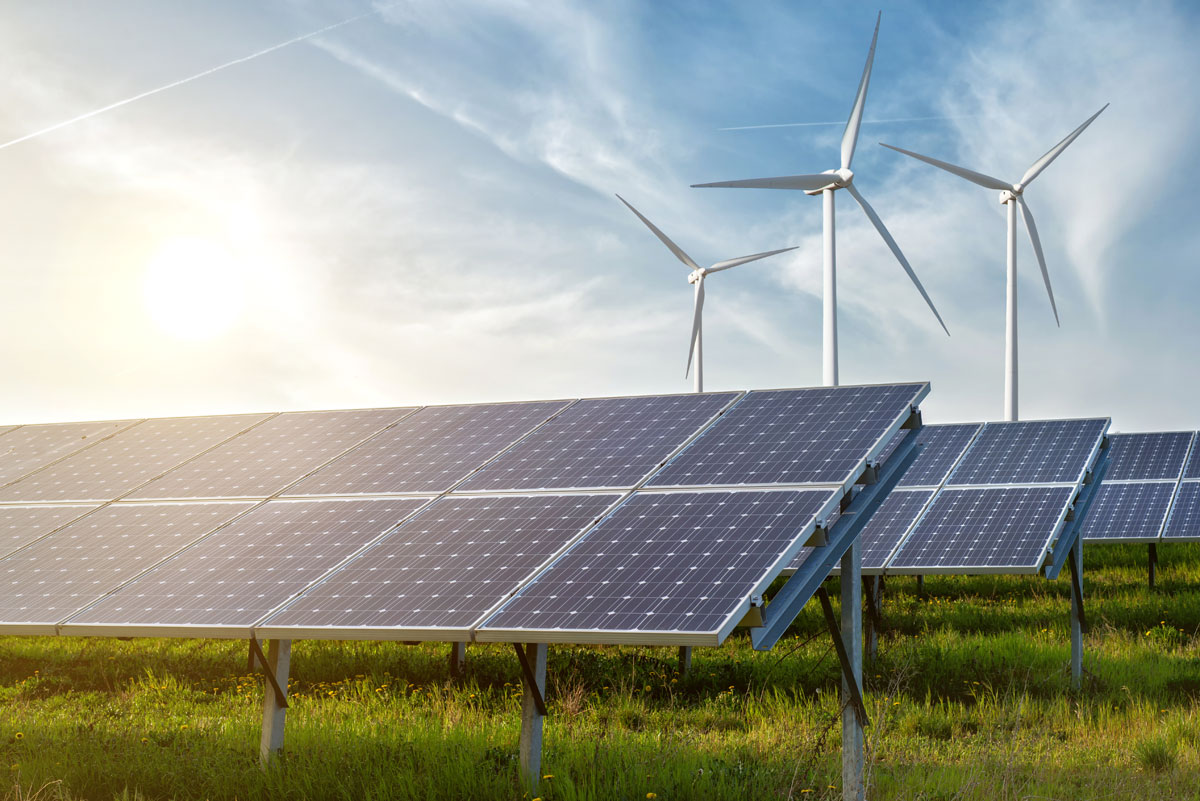INDIA GOING GREEN
Prime Minister Narendra Modi’s efforts to win India a place in the Nuclear Supplier’s Group (NSG) seems to have reached a dead end. However, a little away from the mainstream media glare, the Modi government has orchestrated a paradigm shift in the way India is going to consume electricity in the future, writes Siddharth Srivastava. – @Siliconeer #Siliconeer #NAMO #narendramodi #India #greenenergy #greenelectricity
These proposals are not just in the form of a complex policy document that may or may not be implemented in the future. They are also not in the shape of catchy shibboleths such as “Swachh Bharat” that aims to bring about subtle changes in Indian mindsets to care about cleanliness. New Delhi has recently cancelled plans to build four coal-fired power ultra mega power plants (UMPP), each of 4000 MW capacity, in Karnataka, Maharashtra, Odisha, and Chhattisgarh.
The reasons cited are linked to local resistance to land acquisition, concerns about the environment especially in coastal areas and lack of interest of the host states that are already producing surplus power. New Delhi has decided to persevere with only three UMPPs in Tamil Nadu, Odisha and Bihar, which is much lower number than the nine to 12 projects originally planned. The scrapping of the four UMPP, that have been planned for several years, is in keeping with New Delhi’s intent to move away from thermal power to renewable energy and eliminating coal imports.
Ironically, in his 2015-16 Budget speech, finance minister Arun Jaitley argued for implementation of UMPPs to meet India’s growing electricity demand. The thinking of the government has clearly changed since. Like Germany and Australia, the Modi government is working towards utilizing India’s natural resources to generate power in a clean way.
In a comment Tim Buckley, finance studies director at the Institute for Energy Economics and Financial Analysis’ (IEEFA) said: “This (scrapping of UMPPs) is yet another major policy shift underscoring how seriously India is working to transform, modernize, and diversify its electricity sector away from coal.” Recently, S&P Global Platts forecast that India’s reliance on coal-fired generation will drop sharply by 2020.
Enabling Green Energy
Conditions, meanwhile, are being created to push forward India’s usage of renewable energy. New Delhi recently announced plans to introduce competitive auctions for electricity produced at wind farms. Apart from capacity creation, the aim is to promote trading of wind energy between states in order to boost utilization and address low plant load factor that plagues several projects across the country.
The first bids under the new system, likely to take place by August, will be for 1000 MW of capacity. “The purpose (of the auctions) is to achieve the target of 60 GW of wind capacity (by 2022), which cannot happen only with wind energy being absorbed in the states that produce it,” Varsha Joshi, joint secretary in the ministry of new and renewable energy (MNRE) told Bloomberg. According to Joshi, a separate set of rules have been put in place to promote trading of wind power between states, including waiving transmission charges for renewable energy projects. Presently, seven states that have installed most of India’s wind capacity are Madhya Pradesh, Rajasthan, Gujarat, Maharashtra, Karnataka, Tamil Nadu and Andhra Pradesh, located in southern and northern parts of the country.
There is thus pressure on these states to consume the electricity produced. The new rules will allow evacuation of power at competitive prices to high consumption pockets anywhere. Moving on from wind, the government has also recently announced plans to unveil a policy on solar zones that seeks to address some of the major bottlenecks in the sector, such as availability of land and transmission infrastructure. It will allow developers flexibility to implement stand-alone projects near pockets of high demand such as urban areas or industrial zones.
Investors across sectors, including solar see land acquisition, especially farm land, as the biggest hindrance to growth as it is a highly politicized subject in India that often results in violent protests. Indeed, India will no way get close to its target of 100,000 MW of solar capacity by 2022 unless issues related to land are sorted. There are several instances of major projects such as the POSCO steel plant in Odisha being stalled or scrapped due to local resistance. At the same time, many enterprises have succeeded due to transparency, fair and adequate compensation being paid. In this context, the policy on solar zones is a step in the right direction as it seeks to bring the investor and land owners face-to-face at the negotiating table with the government rightly acting as facilitator by making available land records and ownership details.
Critics have faulted Modi’s failed attempts to win India a membership of the NSG. There is no doubt though that the government has been moving decisively in the way Indians will consume power in the near future.


